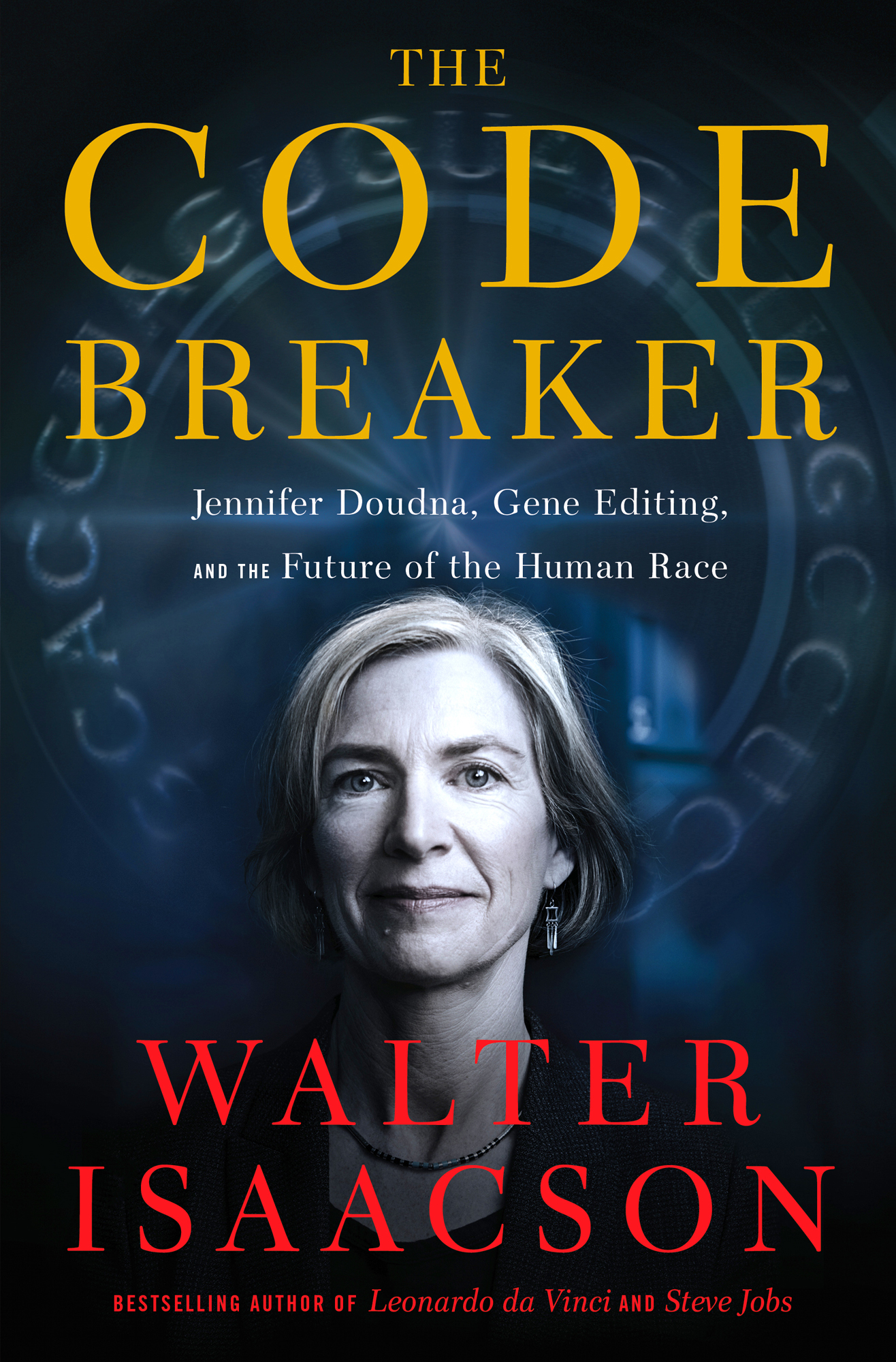The Code Breaker - Walter Isaacson

## Metadata
- Author: **Walter Isaacson**
- Full Title: The Code Breaker
- Category: #books
## Highlights
- Szostak had a guiding principle: *Never do something that a thousand other people are doing*. That appealed to Doudna. “It was like when I was on the soccer field and wanted to play a position that the other kids didn’t,” she says. “I learned from Jack that there was more of a risk but also more of a reward if you ventured into a new area.” ([View Highlight](https://read.readwise.io/read/01j1td3c2q2v8gdmjpzwbdc0p4))
- It was a high-risk venture, one that involved going to a region of the playing field where few others wanted to run. At the time there was not much work being done on RNA crystallography, and most people would look at her like she was nuts. But if she succeeded, there would be a huge payoff for science. ([View Highlight](https://read.readwise.io/read/01j1terz2q2w4s4hk30qxhghkx))
- Enzymes are a type of protein. Their main function is to act as a catalyst that sparks chemical reactions in the cells of living organisms, from bacteria to humans. There ([View Highlight](https://read.readwise.io/read/01j24qw5p19vz4yaf3w4r4sxmm))
- By 2008, scientists had discovered a handful of enzymes produced by genes that are adjacent to the CRISPR sequences in a bacteria’s DNA. These CRISPR-associated (Cas) enzymes enable the system to cut and paste new memories of viruses that attack the bacteria. They also create short segments of RNA, known as CRISPR RNA (crRNA), that can guide a scissors-like enzyme to a dangerous virus and cut up its genetic material. Presto! That’s how the wily bacteria create an adaptive immune system! ([View Highlight](https://read.readwise.io/read/01j24r4d6nzfy5q9asggxnshc6))
- She hated the phrase “work-life balance” because it implied that work competes with life. Her work in the lab and her “passion for science,” she says, brought her a “happiness that is as fulfilling as any other passion.” ([View Highlight](https://read.readwise.io/read/01j1y00zmhx4197rd1nz6w8rtv))
- To an unnecessary extent, the prolonged fight was driven by emotions and resentments. Instead, Doudna and Zhang could have followed the example of Jack Kilby of Texas Instruments and Robert Noyce of Intel who, after five years of wrangling, agreed to share the patent rights for the microchip by cross-licensing their intellectual property to each other and splitting the royalties, which helped the microchip business grow exponentially and define a new age of technology. Unlike the CRISPR contestants, Noyce and Kilby obeyed an all-important business maxim: *Don’t fight over divvying up the proceeds until you finish robbing the stagecoach*. ([View Highlight](https://read.readwise.io/read/01j23tczzq8ybweyw7vyr42gxm))
- Tags: #business
- Isn’t it dangerous, I ask, for everyone to have access to this technology? “No, it’s fucking exciting,” he counters. “No great technology has flourished until people had complete access to it.” He has a point. What truly caused the digital age to blossom was when computers became *personal*. It happened in the mid-1970s with the advent of the Altair and the Apple II, devices that democratized control of computing power. First ([View Highlight](https://read.readwise.io/read/01j24s2s4yhekcypc3tqtssp6k))